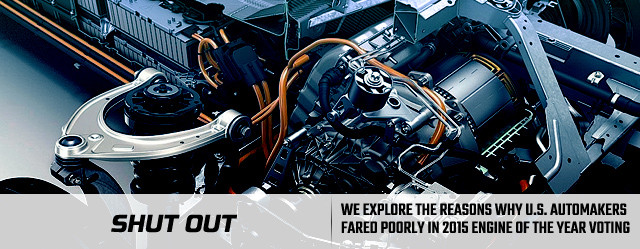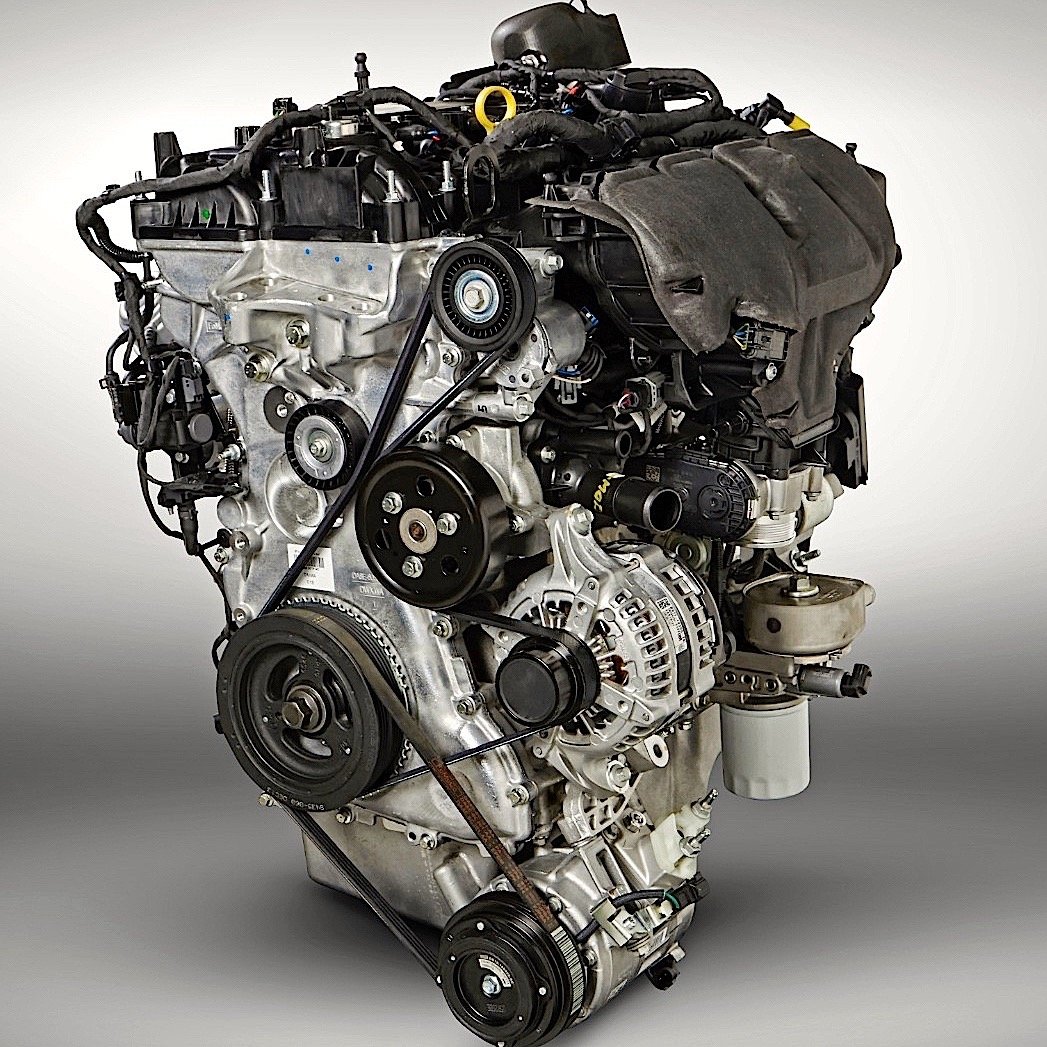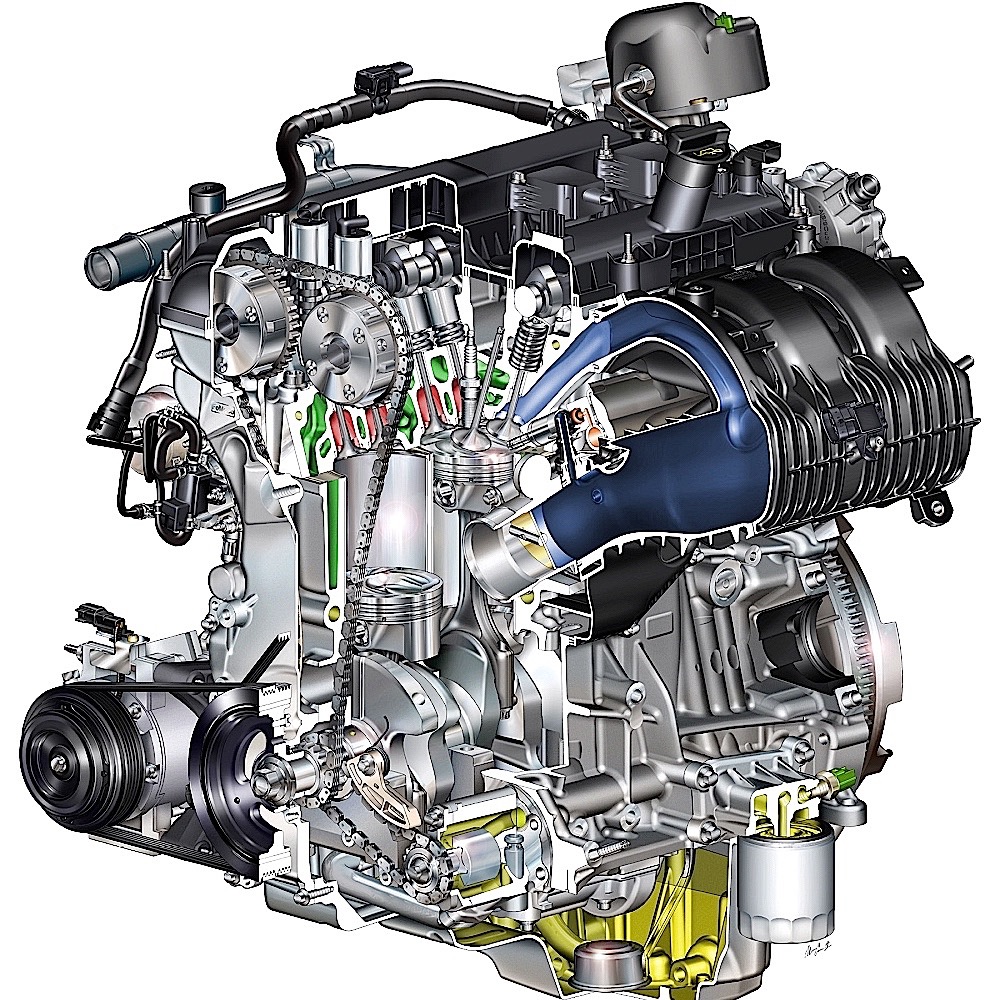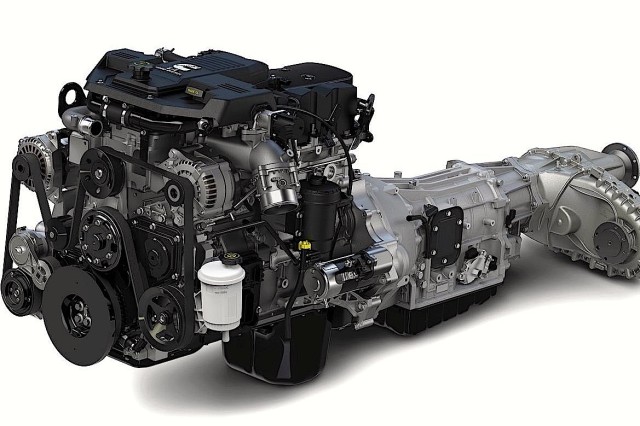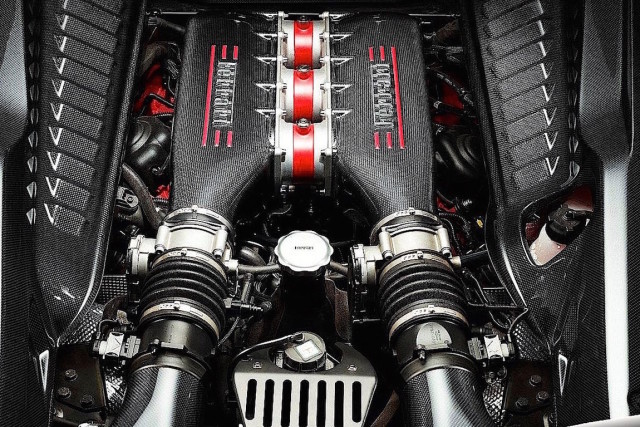While the 999cc Ford EcoBoost 3-cylinder had won the International Engine of the Year award three straight years before being dethroned in 2015 by BMW, US-based automakers have done rather poorly overall in this prestigious competition.
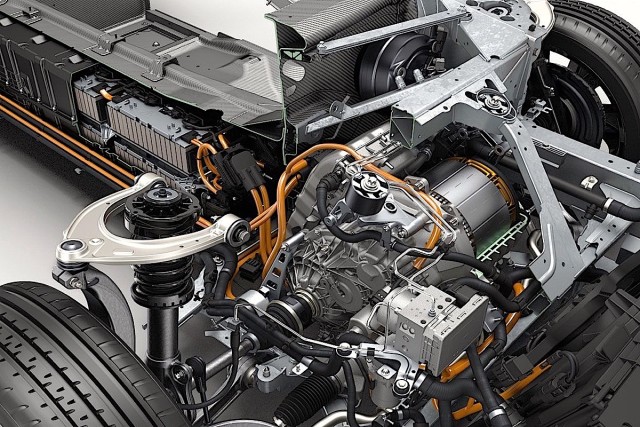
Winning International Engine of the Year was the hybrid system found in the BMW i8. It features a turbocharged 1.5-liter 3-cylinder along with an electric motor.
Established by Engine Technology International (ETI) magazine in 1999, the awards are selected by a large panel of global automotive journalists. Other than Ford’s hat trick this decade, no domestic automaker has won any of the 12 categories during the competition’s history—with the exception of the 1.4-liter range-extending engine found in the Volt when it captured Green Engine of the Year in 2012. However, that little 4-cylinder was originally developed by Opel for the European market.
“US car makers are actually performing well in the awards,” suggests Graham Johnson, co-chairman of awards and managing director at UKIP Media, the magazine’s parent company. “Indeed, we’ve clearly seen tremendous success from Ford, while GM has made huge strides in 2015 with some genuinely good engines, albeit it mimicking Ford.”
The 2.3-liter Ford EcoBoost 4-cylinder found in the new Mustang finished third in its category.
The Ford EcoBoost turbo 3-cylinder won the Sub 1-liter category again in 2015. Ford also placed in the top six with the turbocharged 1.5-liter EcoBoost found in the Focus (5th in the 1.4-1.8 liter category) and the turbocharged 2.3-liter EcoBoost found in the new Mustang (3rd in 2.0-2.5 liter category.”
The only other American powerplant in the top 6 for 2015 was the supercharged 6.2-liter Hellcat V8. It placed sixth in the Above 4-liter category.
Truck diesels aren’t considered
Last year, other than the small Ecoboost, no American engine placed in the top 5 except for Tesla’s all-electric powertrain.
“Yes, the engines that do well in the awards are for markets outside of the US,” confirms Johnson.
Of the 65 journalists from 31 countries who voted in this year’s competition, eight came from the USA. The rules state that to be considered for any award, the engine must be available in a passenger car that is offered for sale in more than one country as of June 2015. That limitation quickly rules out a very significant portion of US sales: pickup trucks where advanced technology is manifested in a different configuration.
“That dismisses the big diesel engines,” says Johnson.
The price of fuel rates high on most voters’ minds, so small turbocharged engines are going to draw considerable attention. While Americans may gripe every time gas prices surge 50 cents or dollar when summer rolls around or if there’s a small refinery fire, domestic fuel prices are considerably cheaper than much of the developed world where the majority of voters reside.
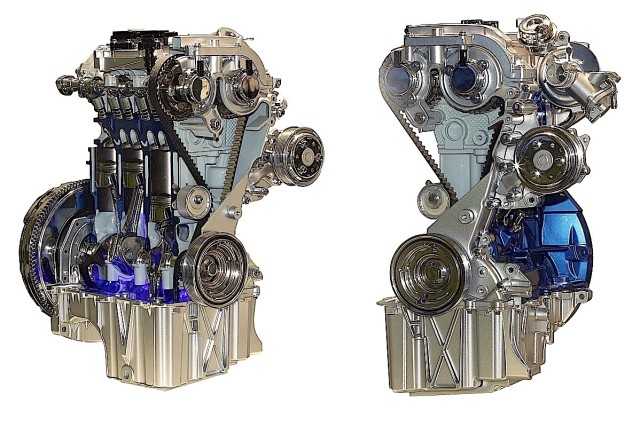
For the fourth straight year, the 999cc Ford EcoBoost won the Sub 1-liter category. It was also Engine of the Year for three years until being unseated by the BMW hybrid powertrain.
“The only engines that ever succeed in the awards are efficient, clean engines,” stresses Johnson. “It’s a fact that the Ford 999cc polls huge votes from North American jurors. It’s also a fact that the North American jurors do not vote for the stereotypical North American V8 or even V6 engines.”
“While Americans know that the 999cc unit has no relevance to the current domestic market, a V8 has no relevance to the modern world,” adds Johnson. “One cannot promote the virtues of turning out an electric light when a room is not occupied if one is driving a V8!”
Who’s the best?
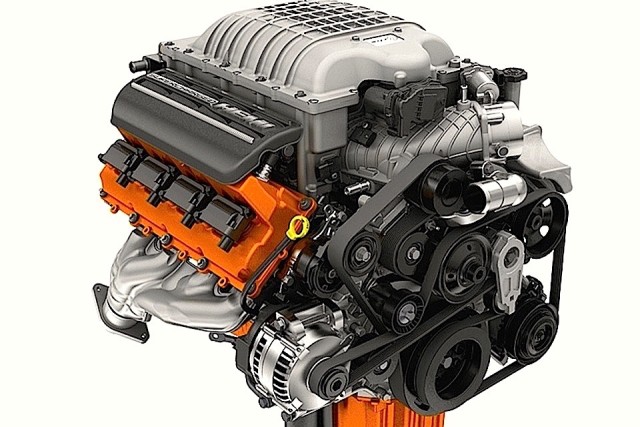
The supercharged 6.2-liter Hellcat Hemi pumps out 707 horsepower but could manage only a 6th-place mention in the Performance and Above 4-liter categories.
Over the years, luxury automaker BMW has scored 58 trophies, well ahead of VW/Audi with 33. Honda and Toyota each have 22 followed by Daimler and Ferrari with 12 each. The type of vehicle or the driving impression isn’t always a key deciding factor in the judges’ opinion, according to officials.
“Look at the previous winners. We’ve seen many engines win that power truly second-rate cars! That said, the heart of a car is its engine, so a car with perhaps poor refinement or dynamics can be made significantly more desirable with a great engine,” says Johnson. “Honda’s S2000 was a classic example. Let’s be honest: we all enjoyed that car despite its ill-mannered road behavior. That enjoyment was 100 percent down to its quite incredible motor.”
“It works the other way, too,” continues Johnson. “Everyone agreed that every variation of Ford’s Focus was a market-leading car, but did a Focus engine ever win an International Engine of the Year Award? Not until it got the 999cc under its hood.”
Ford certainly has embraced the boosted downsizing trend more so than Detroit’s other automakers. The new Ford 2.3-liter EcoBoost features Ford’s first use of a twin-scroll turbocharger, and it’s built for more durability with a steel crankshaft and forged-steel connecting rods. It makes more than 300 horsepower and 300 lb-ft peak torque.
The Hellcat engine probably snuck into the top six of both the Above 4 Liter and Performance Engine categories due to its ground-blistering 707 horsepower. Here’s a link to EL’s in-depth profile of the engine.
Winning both those classes, and the engine from the competition that is likely of most interest to EngineLabs readers, is the Ferrari 4.5-liter V8 found in the 458 line. It is also the only naturally aspirated engine to win in the competition and has captured this prize in four of the last five years. It puts out over 560 horsepower without any boost and packs a whopping 14:1 compression ratio, thanks to piston technology extracted from Ferrari’s Formula 1 team. Redline is over 9,000 rpm with help from a flat-plane crankshaft. But this year may be the last for N/A engines as the 458’s successor will have a 3.9-liter twin turbo in it.
Here’s a link to EL’s review of all the 2015 winners, and here’s a link to last year’s story.



